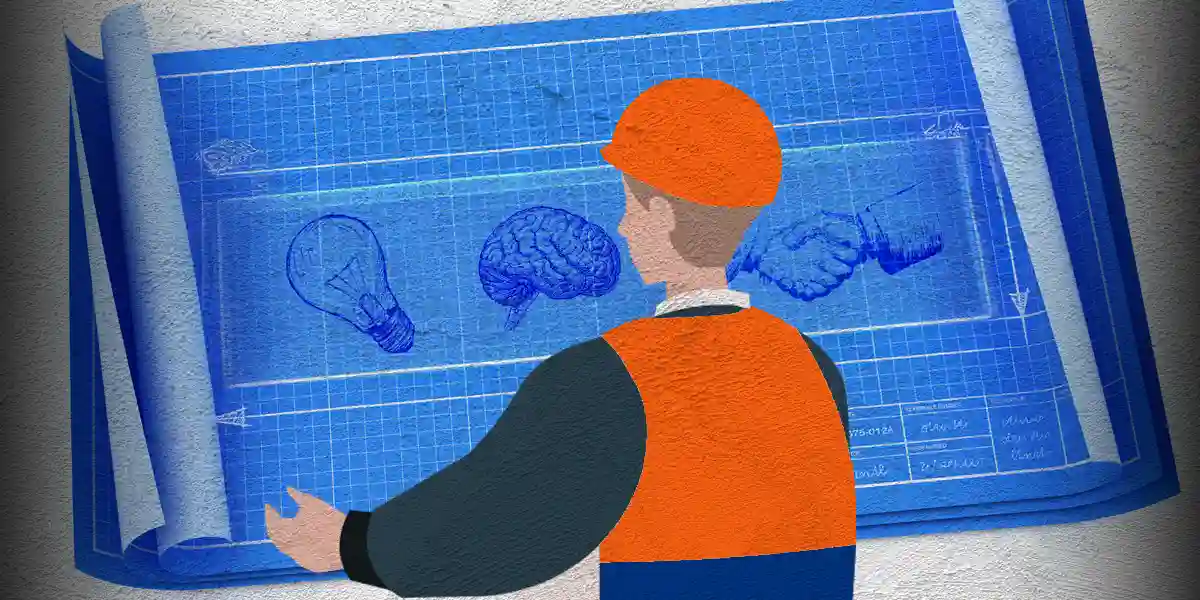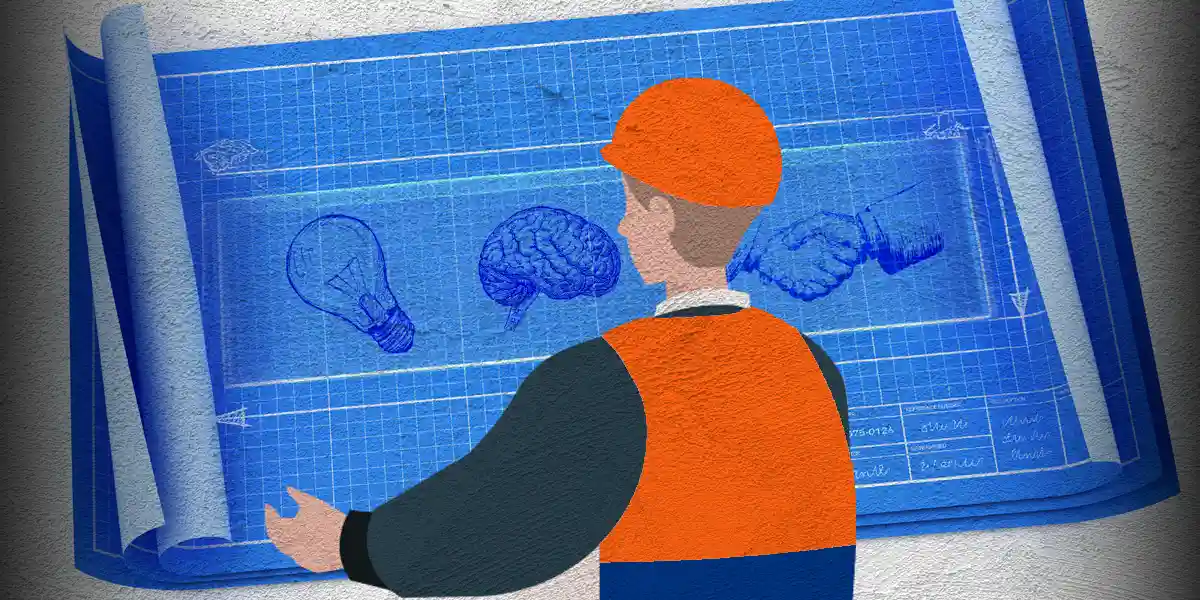Imagine building a house without a blueprint or solid foundation. There’s a pretty good chance you won’t get the house you were hoping for. And without a solid foundation, cracks and other issues will quickly start to appear. The same applies to building a foundation for leadership development.
Effective leadership development must directly advance an organization’s strategic priorities. Business drivers serve as the foundation for designing and implementing leadership development, determining which skills leaders need to execute their strategy successfully.
Business drivers define leadership development from the ground up. When organizations align leadership capabilities with their most pressing business challenges, they create a clear, strategic path for leadership impact, reinforcing both business performance and cultural priorities. Ahead, we’ll explore how identifying business drivers can help define your leadership culture while ensuring your leadership development efforts create real business impact.
Identifying Your Business Drivers
Business drivers are the top three to five most critical business challenges that an organization must overcome to achieve their strategic and cultural priorities. These challenges determine which leadership capabilities must be developed and strengthened to execute strategy effectively.
Depending on the scope of your leadership development program, you may need to identify the business drivers of your entire organization. Or you might need to look at the business drivers for a particular business unit, function, or department.
Some examples of business drivers include:
- Increasing profitability
- Improving employee retention
- Creating a customer-focused culture
- Driving innovation
- Engaging employees
While well-rounded leaders are valuable, the reality is that few leaders excel at everything. For instance, a leader skilled at reducing costs might struggle with fostering innovation. The key question is: Are your leaders prepared to tackle today’s business challenges as well as those ahead?
Business drivers enable organizations to prioritize the specific leadership capabilities that will drive strategic success. By identifying the critical leadership behaviors tied to these business priorities, organizations can focus their development resources where they will create the biggest impact.
How Business Drivers Define Essential Leadership Skills
Business drivers shape which leadership capabilities organizations need to develop and strengthen. A structured approach to leadership development uses these drivers to determine three key components:
1. Business Driver Definition: A concise description of the business challenge leaders need to address. This ensures alignment on what success looks like. One person’s definition of “building customer relationships” might not be the same as another’s. It’s important to get on the same page upfront.
2. Competencies: Critical leadership behaviors that are mapped to business drivers, helping organizations focus leadership development efforts where they will have the greatest impact.
3. Personality Patterns: Underlying traits that could enable or derail a leader’s ability to execute a business driver. Self-awareness helps leaders maximize their strengths and mitigate risks.
A well-defined leadership competency framework ensures that organizations develop leaders with the right skills and attributes to drive strategic outcomes, rather than treating leadership capabilities as separate or disconnected from business priorities.
How to Connect a Business Driver to Leadership Skills
Let’s take a closer look at how linking business drivers and leadership skills works in practice.
Consider the business driver "build strategic partnerships and relationships." This driver emphasizes the need for leaders to foster collaboration, build alliances, and create strong internal networks to support business strategy execution. To ensure leaders are equipped to achieve this goal, we map it to the following key leadership competencies and personality patterns.
Competencies:
- Primary Competencies
- Cultivating networks and partnerships
- Strategic influence
- Secondary Competency
- Compelling communication
These competencies reflect the critical leadership behaviors required to develop strong partnerships, influence key stakeholders, and communicate effectively—all of which are necessary for executing this business driver.
Personality Patterns:
- Enabling Personality Traits
- Strong interpersonal relationships
- Even-tempered
- Calm in crisis
- Derailing Personality Traits
- Poor interpersonal relationships
- Difficulty building trust
- Emotionally detached
Leaders who naturally exhibit enabling personality traits are more likely to excel in this area, while those who struggle with interpersonal relationships or trust-building may need additional development and support.
By applying this structured approach, organizations can ensure that leadership development directly impacts business success. Rather than focusing on leadership skills in isolation, a framework of interconnected business drivers and competencies ensures that leaders develop the right capabilities to drive strategic outcomes, in this case building strategic partnerships and relationships.
When organizations align leadership capabilities with their most pressing business challenges, they create a clear, strategic path for leadership impact...
Turning Leadership into a Strategic Advantage
Effective leadership development isn’t just about building skills—it’s about ensuring those skills align with your organization’s most critical business challenges.
Business drivers provide the foundation for identifying and developing the leadership capabilities that drive organizational success. A well-designed leadership competency model, built on these business drivers, ensures leadership development directly advances strategic priorities.
Have a Question?
FAQ
-
What are business drivers?
Business drivers are the key factors and activities that have a direct impact on a company's success. At DDI, we help organizations identify their unique business drivers and ensure leadership development efforts are aligned to accelerate these outcomes.
-
Why are business drivers important in leadership development?
Business drivers provide focus for leadership development by aligning leadership capabilities with the company's strategic priorities. At DDI, we emphasize that developing leaders around business drivers helps organizations maximize impact and achieve faster results.
-
How can organizations identify their business drivers?
Organizations can identify their business drivers by analyzing the key factors that influence revenue, profitability, market success, and long-term growth. DDI works closely with organizations to define these drivers and link them to leadership success profiles.
-
How does DDI align leadership development with business drivers?
At DDI, we align leadership development with business drivers by building leadership success profiles that reflect the organization's strategic priorities. This ensures that leadership pipelines are focused on delivering measurable business impact.
Topics covered in this blog

